Richard Linnett reports back from Santa Fe Pro Musica’s season finale on 4 May, a celebration of American symphonic music and its folk roots, including Colin Jacobsen’s new bluegrass-inspired violin concerto, RondoEOEO
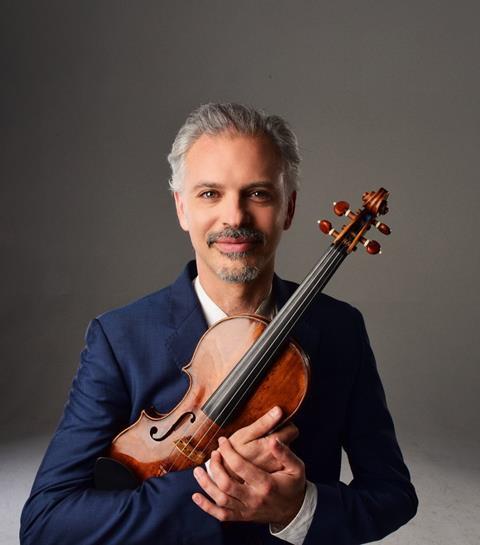
Read more Featured Stories like this in The Strad Playing Hub
Santa Fe Pro Musica’s season finale this week was both a musical feast and cultural statement. From the stage of the historic Lensic Performing Arts Center, the organisation’s co-founder and conductor Thomas O’Connor thanked the audience for their loyal patronage as federal arts funding in the US is increasingly threatened with extinction.
’You become even more important as we go forward,’ he said, pledging to stay the course ’with conviction and confidence.’ Pro Musica artistic director Colin Jacobsen followed with high praise of O’Connor and Carol Redman for launching the organisation over 40 years ago: ’As we know in this world today, it’s so much easier to destroy things than to build them.’
What followed was an inspiring, thrilling, deeply felt celebration of American symphonic music and its folk roots. Connor conducted a command performance of Aaron Copland’s chamber orchestra suite Appalachian Spring. Under normal circumstances, Copland (’folksy feeling with square dancing and country fiddling’) would have undoubtedly been received as a safe choice, but in the context of these abnormal times, the piece felt downright renegade and galvanising. The performance prompted a long and passionate standing ovation.
Was it serendipity, or prescience? Did Pro Musica realise when they were programming the finale, perhaps a year ago, that they would be facing a new reality and it would be necessary to strongly affirm what is great and magnificent about American culture and its democratic traditions?
The evening began with Jacobsen’s Bethesda Bliss, first performed in Central Park in 2023. It was folksy in another way as it beautifully echoed the noisy, human hubbub of Manhattan with strings, flute, clarinet, bass clarinet, piano and percussion, bobbing and weaving through harmony and dissonance like a swarm of dance skaters. It was followed by the work of another American, from the far South, Gabriela Ortiz, born in Mexico to folk musician parents and known for her social justice work. Her miraculous La Calaca, blended a spacious orchestral sophistication of blazing strings with a haunting melody deeply rooted in the mystical folk traditions of the Day of the Dead.
But it was Jacobsen’s mysterious new work, nameless in the programme brochure, that really knocked everyone’s socks off. He introduced the piece, a violin concerto for violin and orchestra, with a shout-out to one of its inspirations, banjo legend and bluegrass hero Bela Fleck. (He earlier referenced the other Bela, Béla Bartók, describing Ortiz’s musical influences). The title of Jacobsen’s new mystery piece? RondoEOEO.
Not just folksy, Jacobsen’s Rondo was a righteous hoedown, with the composer taking centre stage fiddling madly, toe tapping, beaming and swinging into the score like a reincarnated Vassar Clements. (Jacobsen proudly refers to himself and some of his fellow violinists like David Felberg, also on stage that evening, as fiddlers.) Meanwhile, the symphony swooned behind him with broad sweeping passages and lush crescendos that evoked Copland and the wide expanses of the West (we’re in Santa Fe after all). Additionally, Jacobsen had confessed in advance to the audience that there was another B who had inspired this orchestral hootenanny; of all people, Beethoven.
’I was listening to Beethoven’s Op. 130 string quartet,’ he said. ’The piece goes through so many deeply spiritual worlds, exploratory modes with the string quartet that sometimes look back to older music and sometimes cast a gaze far into the future.
’Strangely, what got stuck in my head was a two-bar motif in the Rondo Finale which is quite simple and consists of a drone in a couple of the instruments and a circular pattern in the first violin which involved bariolage. This would loop in my head and I’d play it in hotel rooms to myself and one day I added a fiddly sort of extra couple of bars to that motif that seemed to pick up with Beethoven’s folksy, hurdy gurdy-like motif and plop it in America.
’This four-bar hybrid motif stayed in the “vault” for many years and then when I knew we were planning to do Copland on our season finale there was something about the instrumentation, three winds, piano, strings, and the piece that made me recall that sketch from the vault, thinking it might pair well.
’RondoEOEO is the result and the title is an onomatopoeia-like version of the bariolage, vowelly material that is the kernel of the piece. It is in Rondo form - ABACAD, etc.- with all the B, C, D, etc. sections extrapolated from that opening four-bar material.’
A-ha! Of course, RondoEOEO! Needless to say, the titular tongue-twister, an homage to Beethoven and Bela, and the American symphonic folk tradition was, as they say in the boondocks, a hellacious hog-killin’ time.
Read: Chatter: Making music for the masses
Read: Concert review: Helen Kim (violin) Seattle Symphony/Sunny Xia
Read more Featured Stories like this in The Strad Playing Hub
The number one source for playing and teaching books, guides, CDs, calendars and back issues of the magazine.
In The Best of Technique you’ll discover the top playing tips of the world’s leading string players and teachers. It’s packed full of exercises for students, plus examples from the standard repertoire to show you how to integrate the technique into your playing.
The Strad’s Masterclass series brings together the finest string players with some of the greatest string works ever written. Always one of our most popular sections, Masterclass has been an invaluable aid to aspiring soloists, chamber musicians and string teachers since the 1990s.
The Canada Council of the Arts’ Musical Instrument Bank is 40 years old in 2025. This year’s calendar celebrates some its treasures, including four instruments by Antonio Stradivari and priceless works by Montagnana, Gagliano, Pressenda and David Tecchler.



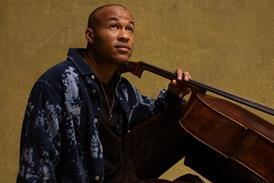

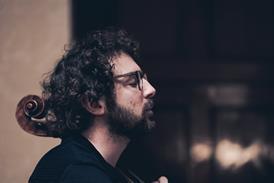
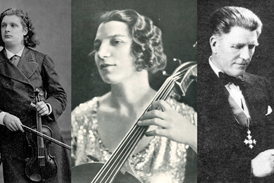


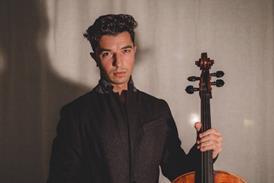
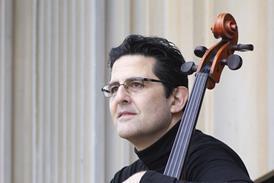
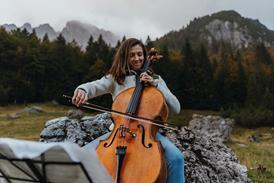

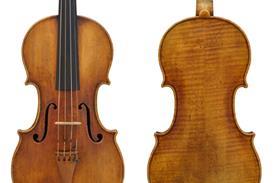



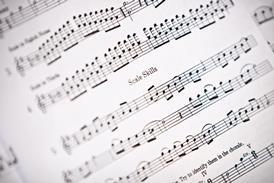


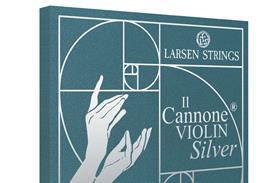


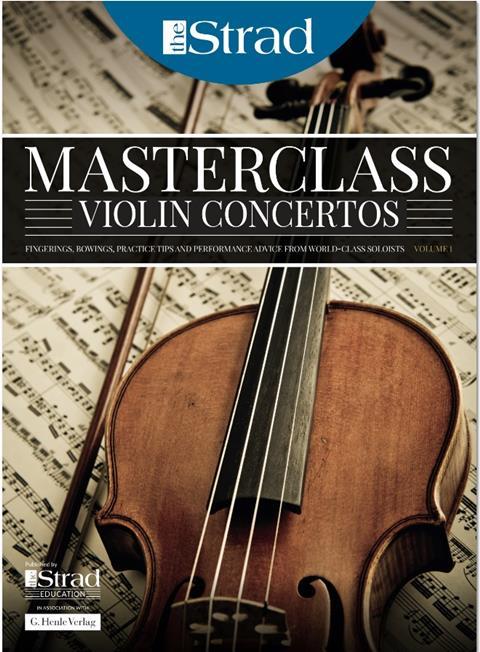
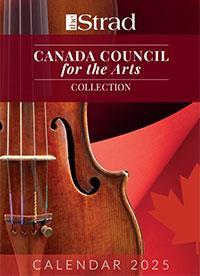


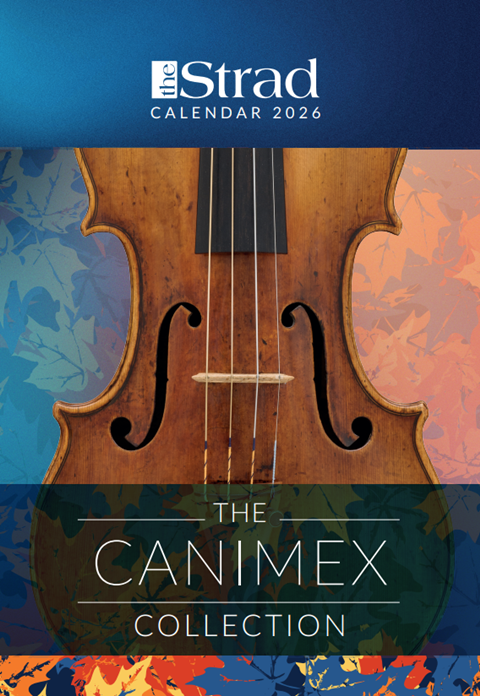

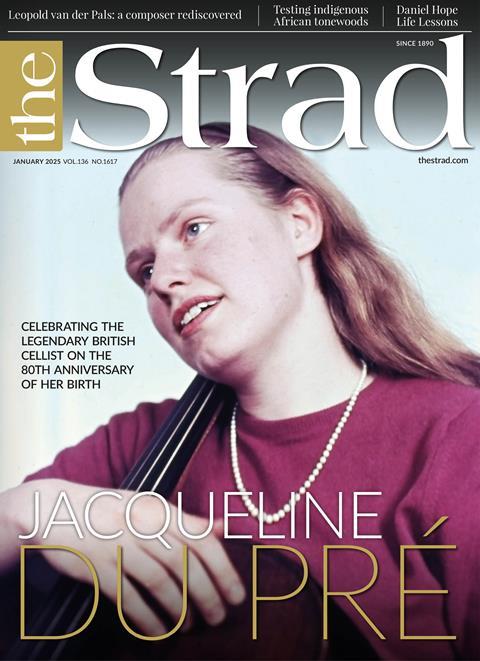

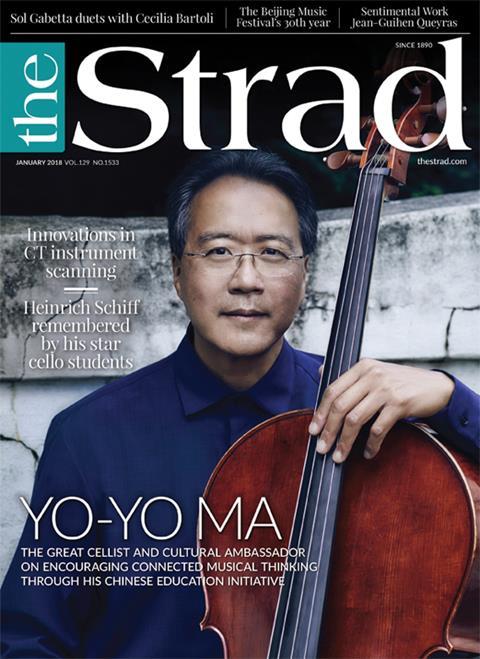












No comments yet